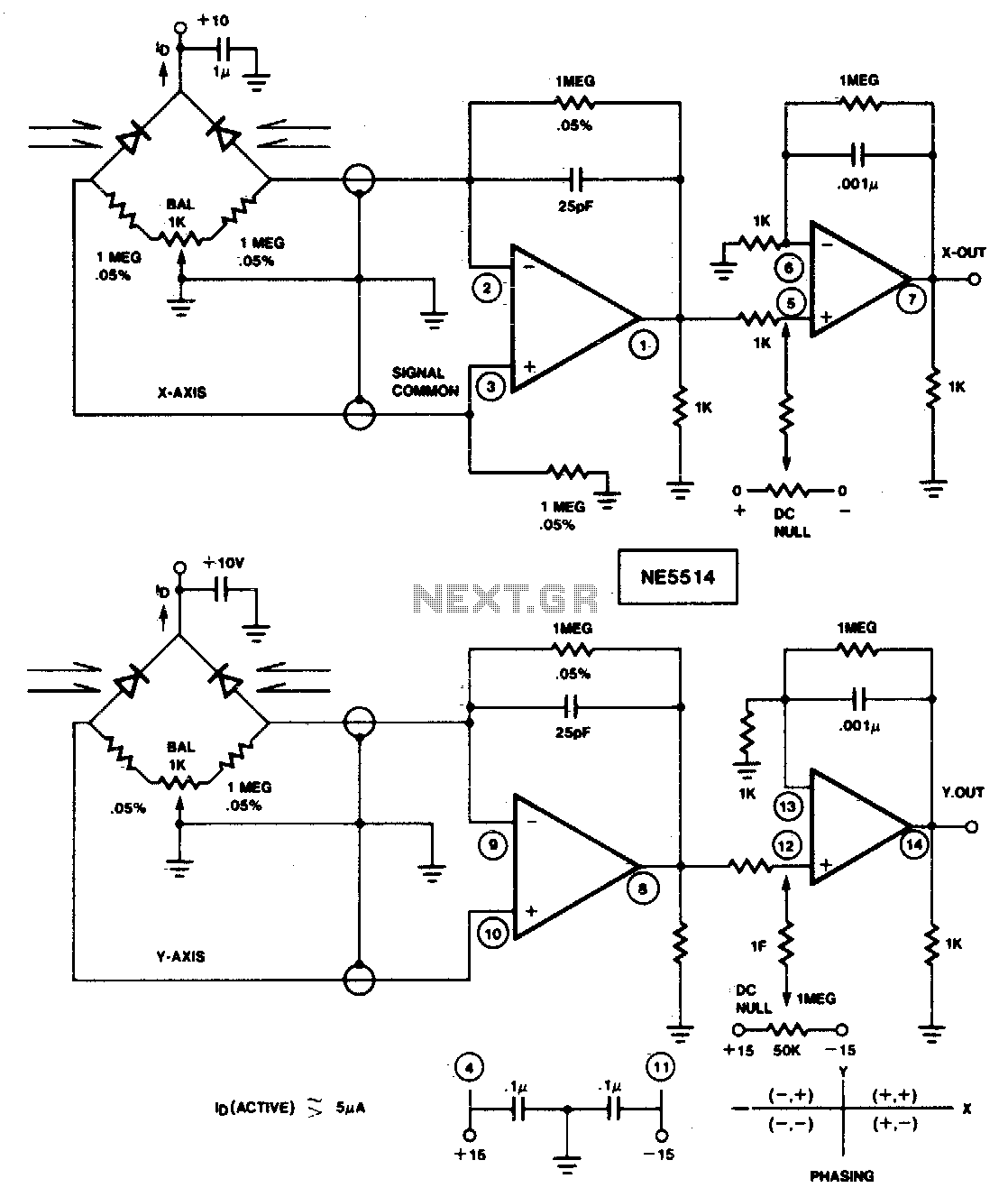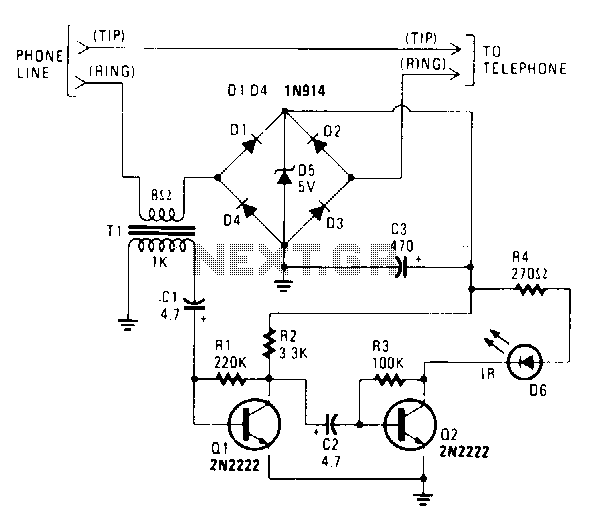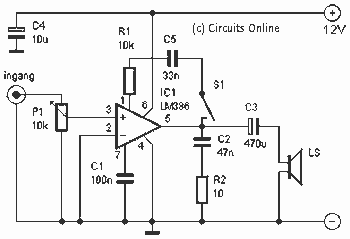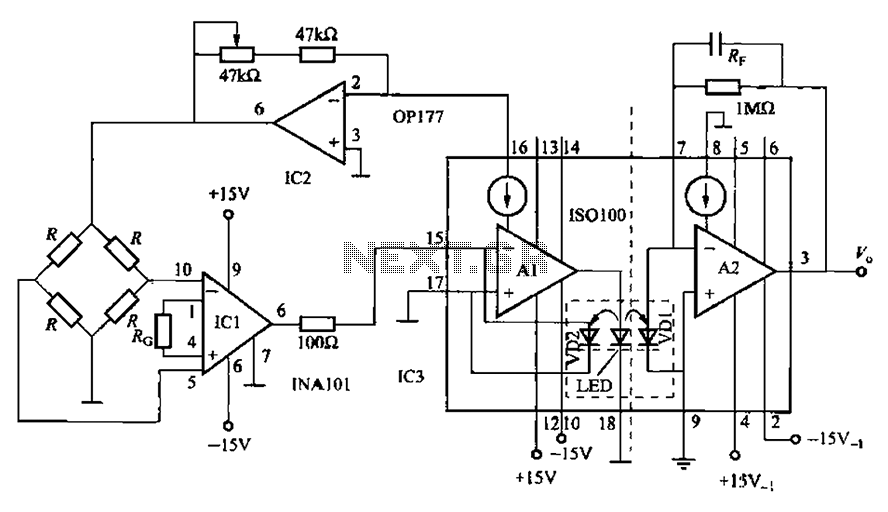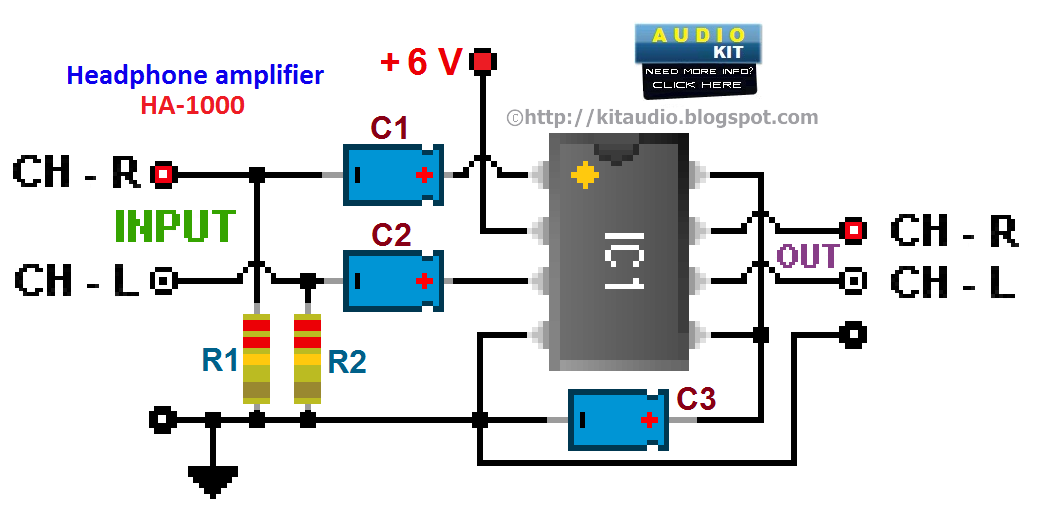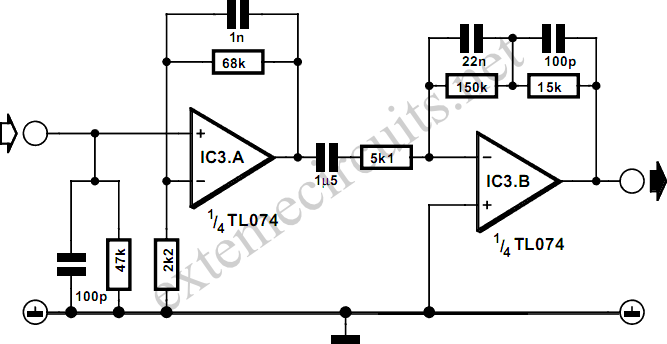
telephone amplifier
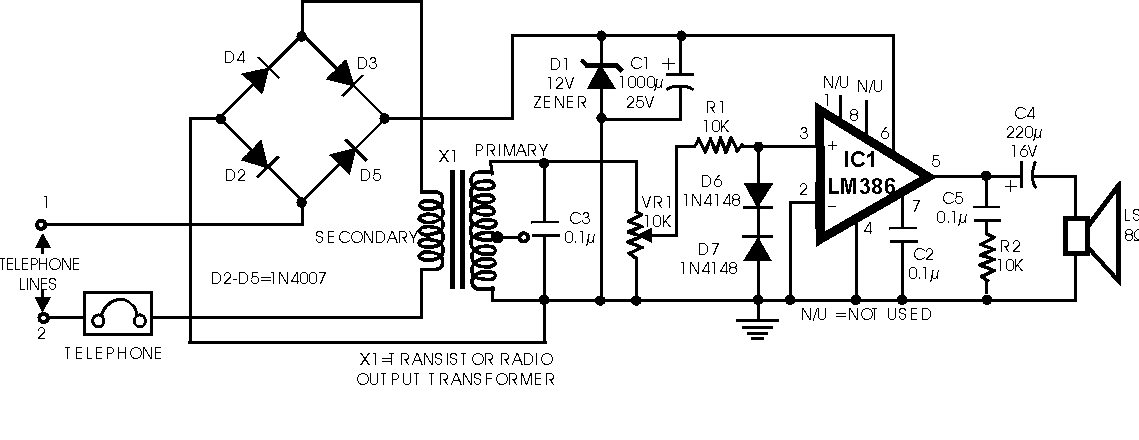
During a telephone conversation with a distant subscriber, it is common to experience frustration due to the faintness of the voice, making it difficult to understand. To address this issue, a circuit for an inexpensive amplifier is presented. This amplifier can be easily assembled and tested without the need for an additional power source, as it draws power directly from the telephone line. The amplifier is designed to deliver adequate volume for clear telephone conversations in a living room setting. A volume control feature is included to allow for adjustment of the sound level as needed.
The circuit design for the telephone line amplifier typically incorporates a few key components: a transistor or operational amplifier to boost the audio signal, resistors to set the gain, and capacitors for coupling and decoupling the audio signals. The circuit is connected in parallel with the telephone line, ensuring that it does not interfere with normal telephone operation.
The power supply for the amplifier is derived from the DC voltage present on the telephone line, usually around 48 volts when the phone is idle. A voltage regulator or a Zener diode can be employed to step down this voltage to a suitable level for the amplifier circuit. The output of the amplifier can be fed into a small speaker or directly into the telephone receiver, enhancing the sound quality without requiring any additional power supply.
The inclusion of a volume control potentiometer allows users to adjust the amplification level according to their preferences, which is particularly useful in environments with varying background noise. Overall, this circuit serves as a practical solution for improving the clarity of telephone conversations, making it easier to communicate effectively with distant subscribers. Proper attention to component selection and circuit layout will ensure optimal performance and reliability of the amplifier.While talking to a distant subscriber on telephone, quite often we feel frustrated when the voice of the distant subscriber is so faint that it is barely intelligible. To overcome the problem, circuit of an inexpensive amplifier is presented here. It can be assembled and tested easily. There is no extra power source needed to power up the circuit, as it draws power from the telephone line itself.
The amplifier will provide fairly good volume for the telephone conversation to be properly heard in a living room. A volume control is included to adjust the volume as desired.. 🔗 External reference
The circuit design for the telephone line amplifier typically incorporates a few key components: a transistor or operational amplifier to boost the audio signal, resistors to set the gain, and capacitors for coupling and decoupling the audio signals. The circuit is connected in parallel with the telephone line, ensuring that it does not interfere with normal telephone operation.
The power supply for the amplifier is derived from the DC voltage present on the telephone line, usually around 48 volts when the phone is idle. A voltage regulator or a Zener diode can be employed to step down this voltage to a suitable level for the amplifier circuit. The output of the amplifier can be fed into a small speaker or directly into the telephone receiver, enhancing the sound quality without requiring any additional power supply.
The inclusion of a volume control potentiometer allows users to adjust the amplification level according to their preferences, which is particularly useful in environments with varying background noise. Overall, this circuit serves as a practical solution for improving the clarity of telephone conversations, making it easier to communicate effectively with distant subscribers. Proper attention to component selection and circuit layout will ensure optimal performance and reliability of the amplifier.While talking to a distant subscriber on telephone, quite often we feel frustrated when the voice of the distant subscriber is so faint that it is barely intelligible. To overcome the problem, circuit of an inexpensive amplifier is presented here. It can be assembled and tested easily. There is no extra power source needed to power up the circuit, as it draws power from the telephone line itself.
The amplifier will provide fairly good volume for the telephone conversation to be properly heard in a living room. A volume control is included to adjust the volume as desired.. 🔗 External reference
Warning: include(partials/cookie-banner.php): Failed to open stream: Permission denied in /var/www/html/nextgr/view-circuit.php on line 713
Warning: include(): Failed opening 'partials/cookie-banner.php' for inclusion (include_path='.:/usr/share/php') in /var/www/html/nextgr/view-circuit.php on line 713
